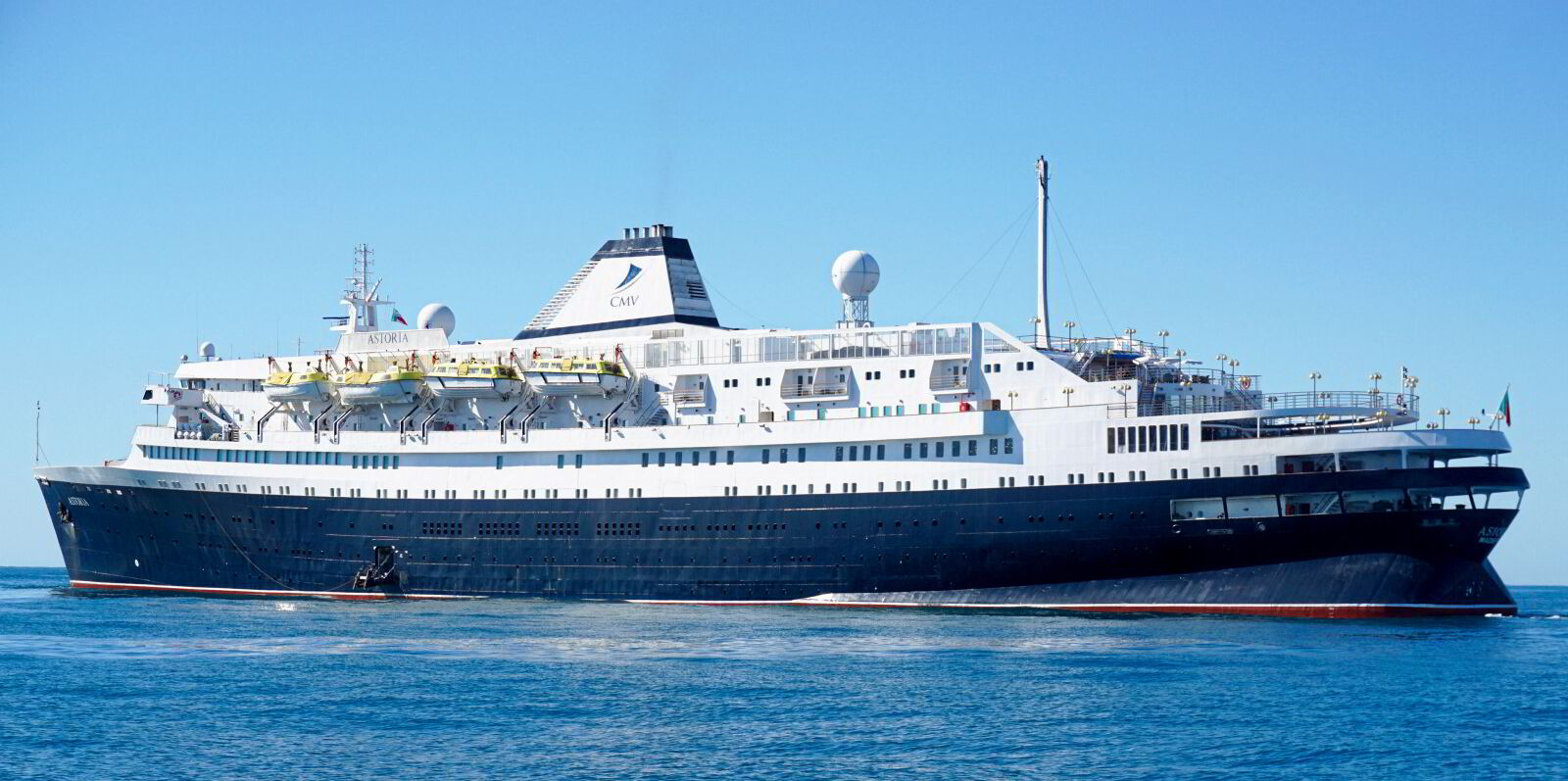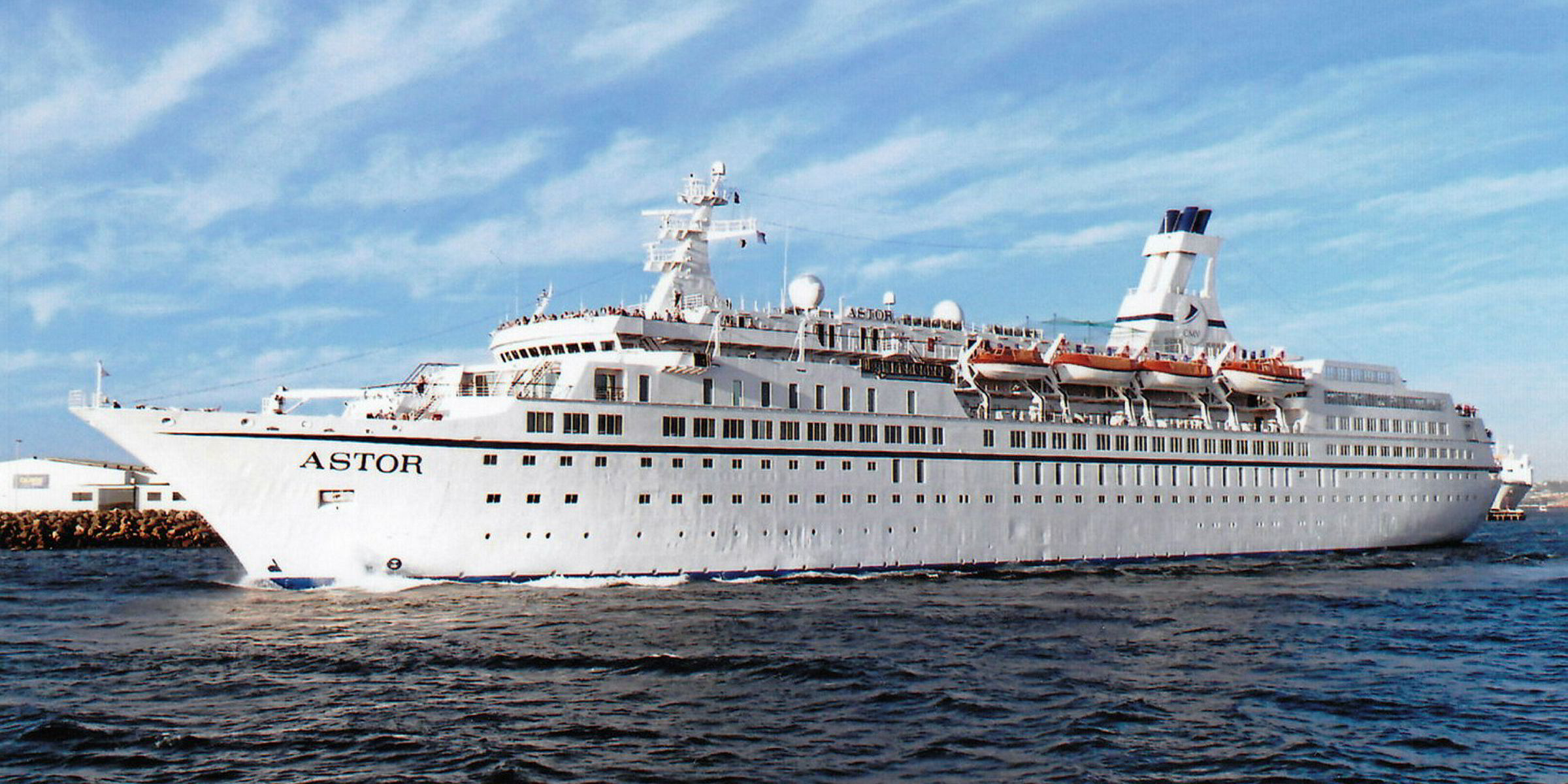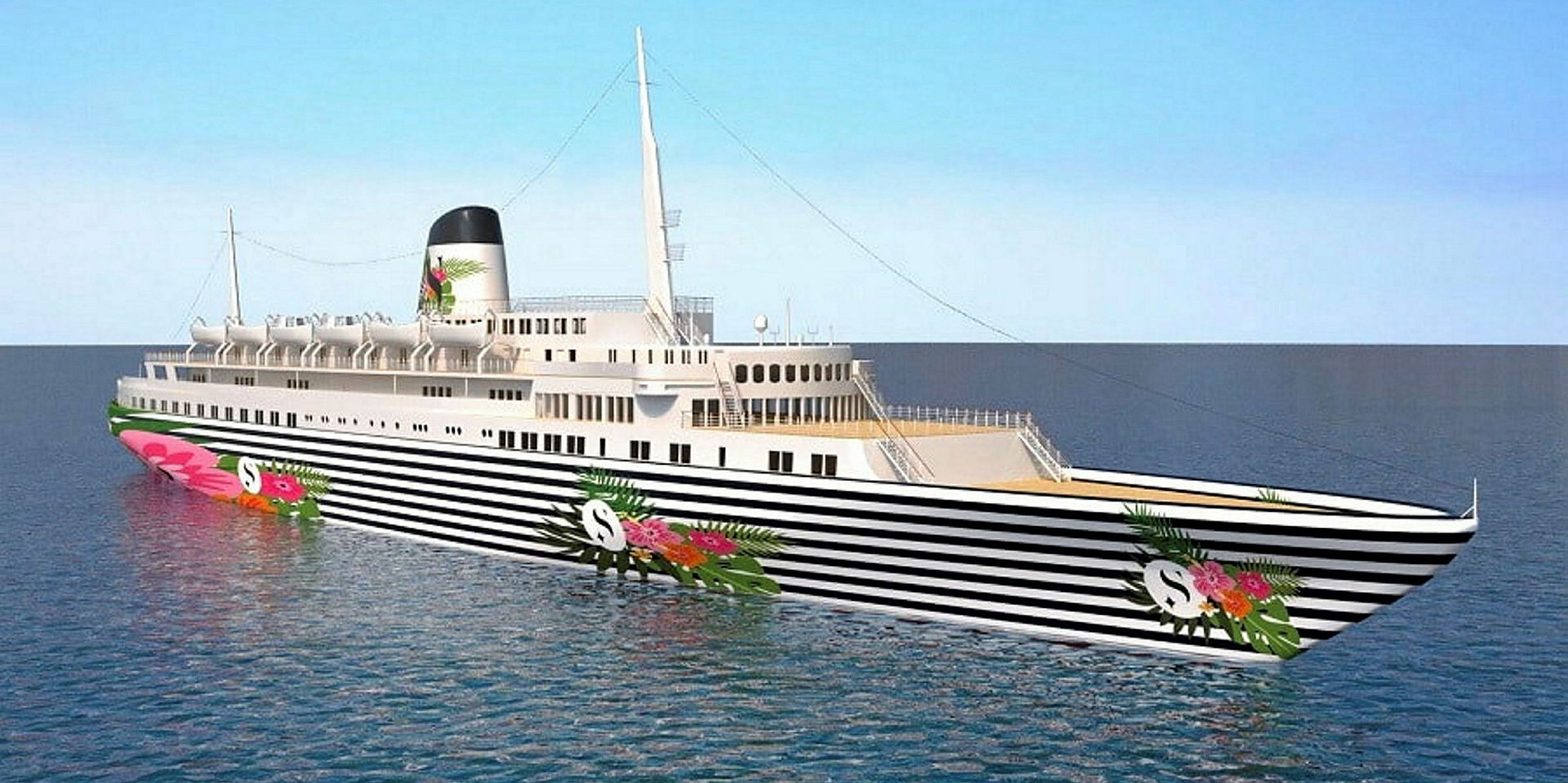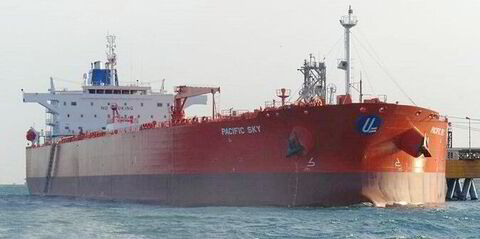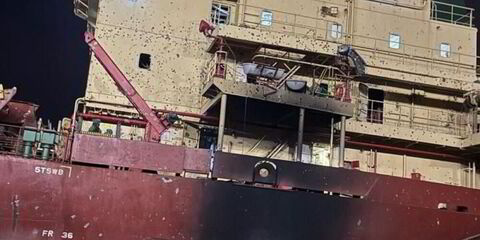The insolvency administrator of Portuscale Cruises will attempt to auction the oldest cruiseship in the world on Friday.
A sale of the 16,100-gt Astoria (built 1948) — is currently under arrest in Rotterdam — will bring to a close the long-running liquidation of the failed Portuguese cruise operator, whose vessel assets have been under the control of mortgagee Montepio Bank since it went out of business in 2015.
Industry observers say it is unlikely that any bidders will be willing to offer anything close to the €10m ($12.1m) reserve price set for the 560-passenger Astoria given the availability of much larger, newer ships at similar prices.
One broker described the reserve price to TradeWinds as “fantastical”.
Until last year, the Astoria was chartered to Cruises & Maritime Voyages (CMV) by the administrator through its special-purpose shipowning vehicle Island Cruises — Transportes Maritimos Unipessoa.
The Judicial Court of the District of Madeira is the court that is exercising jurisdiction over the auction.
Insolvency administrator Jose Pinto Oliveira will accept offers until the end of 19 February, and will arrange for the lifting of the arrest on the ship, delivering it with a clean title.
Funchal auctioned

The auction of the Astoria comes just weeks after another veteran former Portuscale-owned ship — the 9,600-gt Funchal (built 1961) — was sold via a private auction sale.
The auction, conducted on 29 January by CW Kellock & Co, was arranged by UK hospitality group Signature Living, which had acquired it at auction in November 2018 for €3.9m.
The company announced lavish plans to turn the ship into a giant party boat and beach club that would operate out of the Spanish resort island of Ibiza, but called off the project after the costs of refitting and operating a cruiseship were tabled.
While shipbroking reports last week indicated that the ship had been sold for scrap, sources with knowledge of the auction result said that it would not be demolished.
One source close to the buyers described them as being a consortium of five high net-worth individuals from the US who intend to refurbish the vessel before revealing their future plans for it.
CW Kellock's David Wilcox, who conducted the auction, declined to reveal the identity of the buyers and the amount of their bid, but did indicate the ship was not likely to be scrapped.
Historic veterans
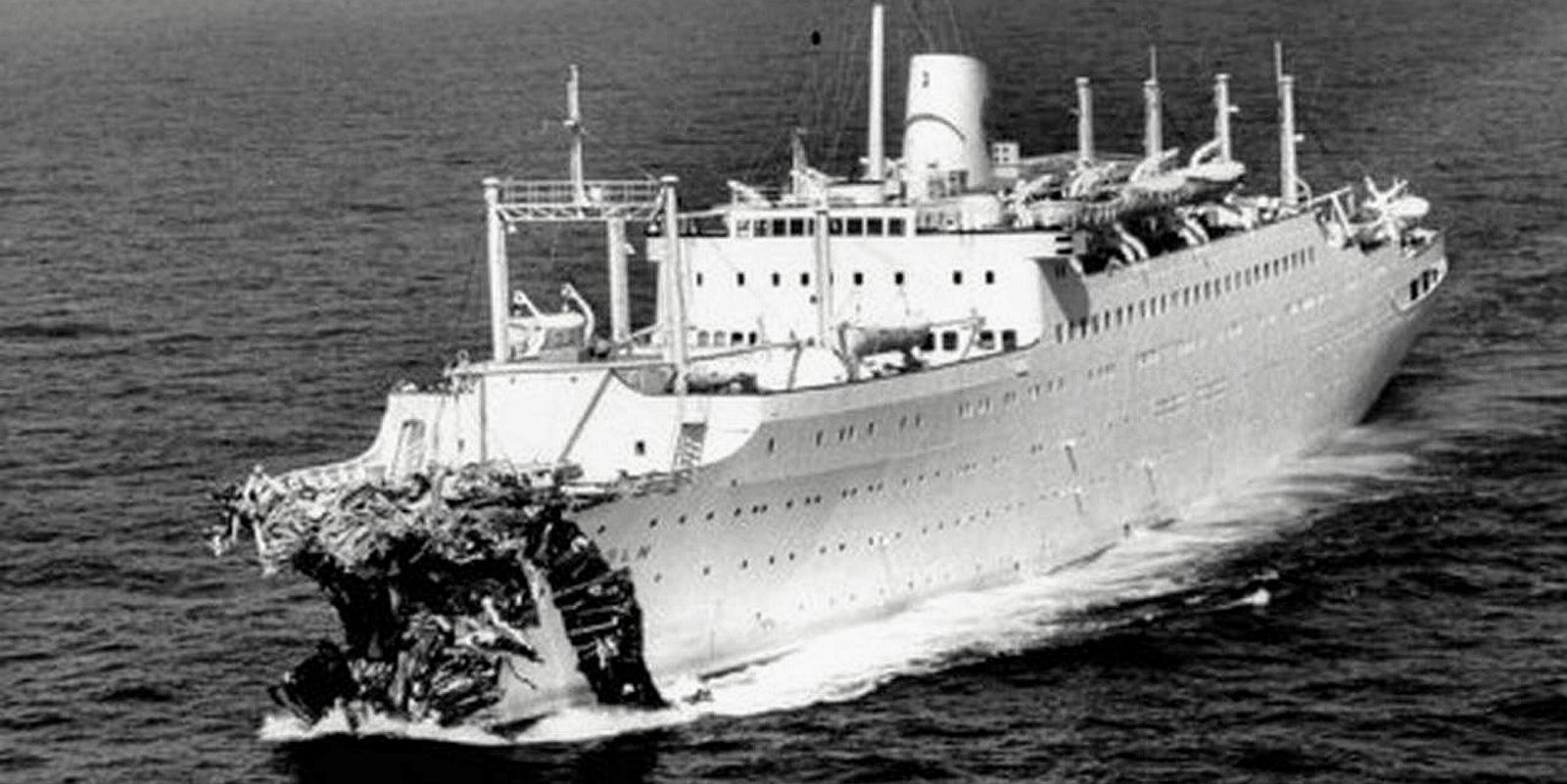
The Astoria and the Funchal, now the oldest active cruiseships afloat, were originally built as ocean liners designed to carry passengers on point-to-point voyages — across the Atlantic in the case of the Astoria, and to the Azores in the case of the Funchal.
The Astoria’s biggest claim to fame was when, as Swedish America Line’s Stockholm, it rammed and sank the Italian transatlantic liner Andrea Doria off Nantucket in 1956.
After a long career as the East German trade union cruise ship Volkervreundschaft, it was sold to an Italian cruise operator in the late 1980s, stripped to the bare hull, re-engined and completely rebuilt as a modern cruiseship.
Its cruising career was not especially successful as it bounced through a series of different owners and operators until ending up in the hands of Lisbon-based Classic International Cruises in 2005.
It gained further notoriety in 2008 when a fleet of pirate launches attempted to hijack it in the Gulf of Aden. The pirates were driven off by a US warplane.
The Funchal’s career was far more placid. Under state ownership during the early part of its career, it was often used as the Portuguese presidential yacht.
Sold in 1985 to Lisbon-based Greek shipowner George Potamianos’ Arcalia Shipping, which eventually became Classic International, it was a popular ship in the European and South American cruise trades for decades.
Potamianos died in May 2012, and his company collapsed several months later.
The following year, Portuguese entrepreneur Rui Allegre bought over Classic International’s four-ship fleet and resurrected them under the banner of Portuscale Cruises.
Only the Funchal and Astoria traded for the company before it plunged into bankruptcy two years later. The two other vessels — the 16,500-gt Lisboa (ex-Princess Danae, built 1955) and 5,900-gt Porto (ex-Arion, built 1965) were unable to find charters and were sold for scrap shortly after Montepio Bank pulled the plug on the venture.(Copyright)
